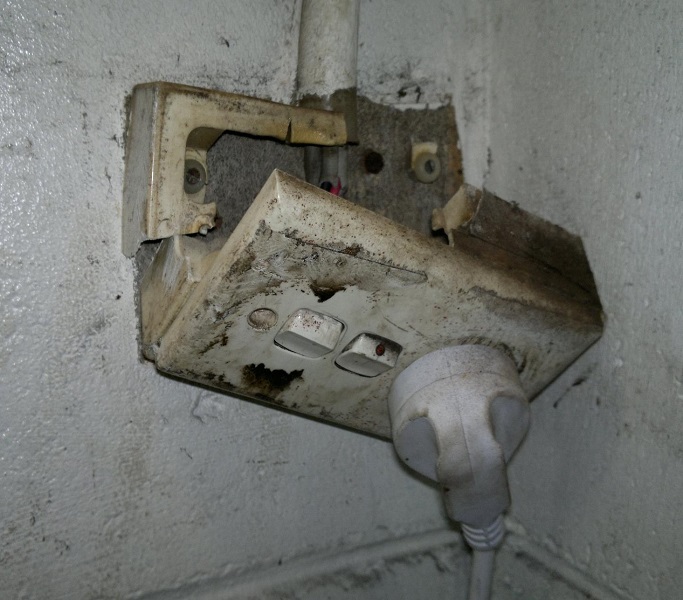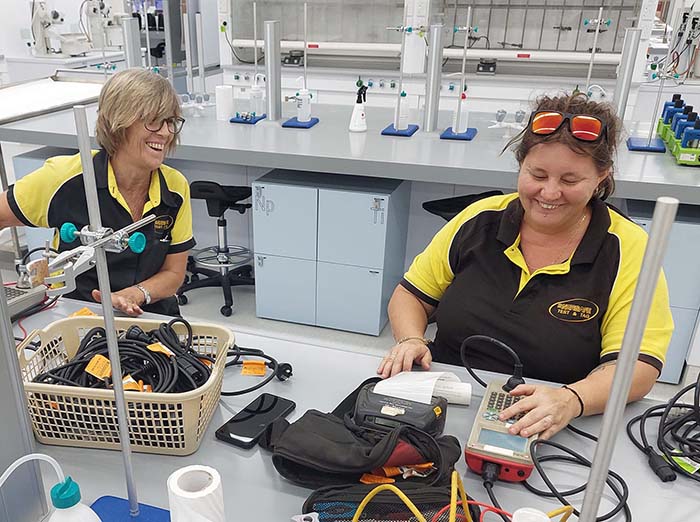- 07 4243 3555
- info@norsafe.com.au
- Mon - Fri: 9:00 - 17:00

Electrical test and tag is a safety procedure used to inspect, test, and tag electrical equipment to ensure it is safe for use. Commonly asked questions about electrical test and tag typically revolve around the process, compliance, and best practices. Here are some commonly asked questions:
Electrical test and tag is a safety procedure designed to ensure the safety and compliance of electrical equipment and appliances in various settings, such as workplaces, homes, and public spaces. The process involves inspecting, testing, and labeling electrical equipment to confirm that it is safe to use and meets relevant electrical safety standards and regulations.
Inspection: The process begins with a visual inspection of the electrical equipment. This includes checking for visible damage, loose or exposed wiring, and any other issues that could pose a safety risk.
Electrical Testing: After the visual inspection, electrical equipment is subjected to various electrical tests. The type and scope of testing may vary depending on the equipment’s classification and the applicable regulations. Common tests include earth continuity, insulation resistance, polarity, and leakage current tests.
Tagging: If the equipment passes all inspections and tests, it is tagged with a label that provides essential information, including the date of testing, the next due date for retesting, the testing technician’s details, and any other necessary information to ensure traceability and compliance.
Record Keeping: A record of all tested and tagged equipment is maintained, including details about the equipment, test results, and any required actions. These records are used for tracking, auditing, and compliance purposes.
Australia are primarily governed by AS/NZS 3760:2022, which is the Australian/New Zealand Standard for in-service inspection and testing of electrical 240V, 3 Phase and low voltage equipment.
These standards provide guidelines for the testing and tagging of electrical appliances and equipment to ensure their safety and compliance with electrical regulations. However, it’s important to note that standards and regulations can change, so I recommend checking with the latest local authorities and standards for the most up-to-date information.
Testing Frequency: The frequency of testing and tagging depends on the type of equipment and its usage. Generally, equipment used in harsh environments or heavy usage may require more frequent testing.
Testing Procedures: The standard provides detailed guidelines on the specific tests and inspections that need to be conducted on electrical equipment, including earth continuity, insulation resistance, polarity, and functional tests.
Tagging: Equipment that passes the testing and inspection is labeled with a tag that includes essential information such as the date of testing, next test due date, the testing technician’s details, and any relevant remarks.
Records: Detailed records of all tested and tagged equipment must be maintained. These records help track the testing history of each item and are valuable for auditing and compliance purposes.
Competent Persons: Testing and tagging should be performed by competent persons who have received training and have the necessary knowledge and skills to carry out the procedures. These should be maintained and updated.
Repair or Replacement: If equipment fails testing, it should be removed from service and repaired or replaced, as necessary. The standard provides guidance on the steps to follow in such cases.
Visual Inspection: A visual inspection is the initial step in the process, and equipment showing visible signs of damage or wear and tear may need immediate attention or removal from service.

It’s essential to perform electrical test and tag procedures to protect the safety of individuals and property, especially in workplaces and public areas where electrical equipment is in regular use. Failure to comply with electrical safety standards can result in legal and safety hazards.
The AS/NZS 3760:2022 also stipulates the requirements a person needs to fulfil to be considered a Competent Person – a necessity for someone who wants to Test and Tag.
The Standard states that anybody that acquires the practical and theoretical skills through the following are allowed to test and tag in Australia:
This basically means that even if you’re not an electrician, you can certainly still learn to test and tag. The majority of our test and tag students have no electrical knowledge at all and they become a Competent Person from the training course.

Feel free to contact Norsafe Test and Tag by phone, email or you can send us your name and phone number using the form below and we will contact you as soon as someone is free.
Servicing North Queensland and the Torres Strait Islands
© 2023 All Rights Reserved